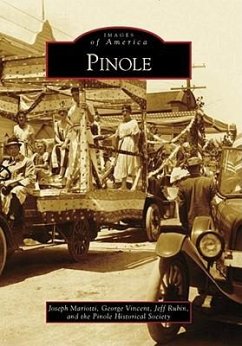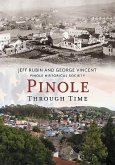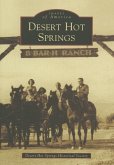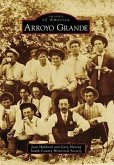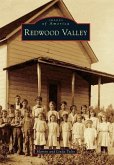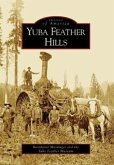Pinole began as the cornerstone of a massive land grant nearly 200 years ago and grew to become an economic center of early Contra Costa County. Today it is a diverse and public-spirited small city with a high regard for, and interest in, its heritage. Pinole was named for the gruel (penole or pinolli) made from seeds, grain, and acorns given by welcoming Native Americans to explorers in the Pedro Fages expedition in 1772. Pinole's rich commercial and farming history--made possible by its access to San Pablo Bay and by the convergence of two railroads that ran through the heart of the community--is chronicled here with numerous photographs from the latter part of the 19th century through 2009, recalling buildings, people, and events that still live in the hearts of the city's modern-day residents.
Hinweis: Dieser Artikel kann nur an eine deutsche Lieferadresse ausgeliefert werden.
Hinweis: Dieser Artikel kann nur an eine deutsche Lieferadresse ausgeliefert werden.

